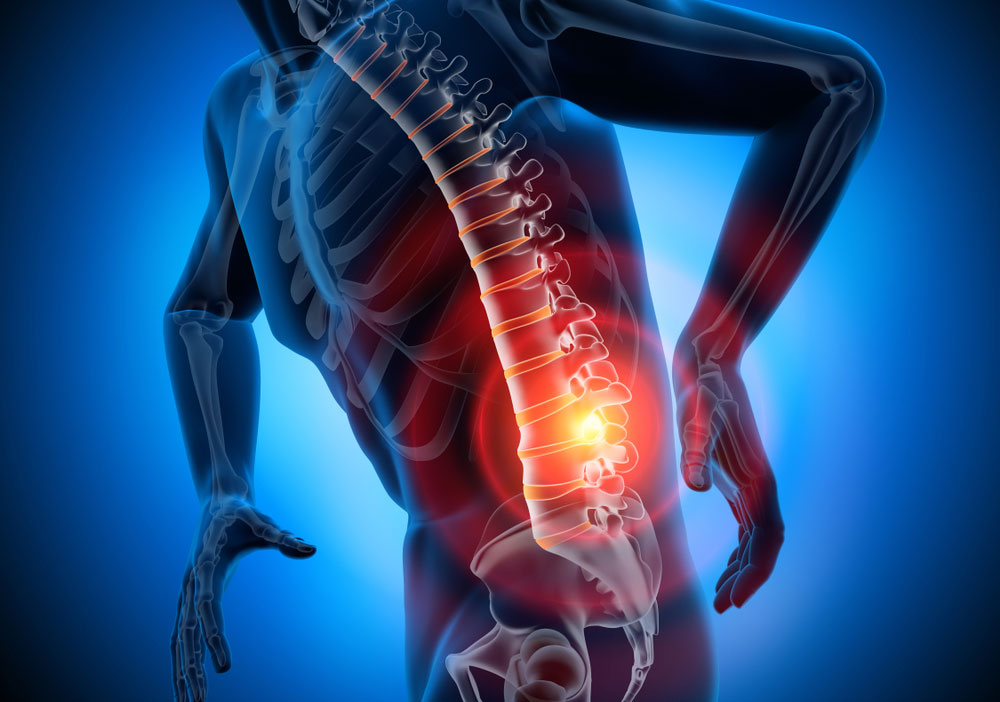Spinal Injuries
Damage to the spinal cord and the spinal nerves or the encasing bony structure, the spinal column results in spinal injury. Spinal cord and the spinal nerves emerging out of it is the nervous material while the spinal column is made up of the vertebrae and the the intervertebral discs.
Spinal cord transmits the brain signals to the rest of the body through the nerves emerging out of it. Therefore an injury to the spinal cord will alter the normal functions of the body temporarily or permanently depending on the severity of injury. These patients will also be affected mentally and emotionally due to the incapacitation sufferers by the injury.

The alteration of body function results in reduced or absent ability to feel and control the limbs and passing of urine and stools. This ability is lost completely or incompletely depending on the severity of injury sustained by the spinal cord and will result in paralysis accordingly.
1) Quadriplegia this means arms, hands trunk and leg’s including the pelvic organs are all affected.
2) Paraplegia in this condition the pelvic organs and legs are affected whereas the trunk may or may not be affected while the arms and hands are spared.
SYMPTOMS
- back or neck pain
- weakness or incoordination of body parts
- paralysis of arms or legs
- loss of urine and stool control
- breathing difficulty
- twisted neck or back
Spinal column comprises of vertebrae and the discs joining the adjacent vertebrae. Injury to the spinal column is associated with the injury to the spinal cord . Spinal trauma results in various types of fractures in the neck and back. The time between injury and treatment can be critical, hence these patients should reach the hospital as early as possible with the caveat not to move them and calling emergency services 1122 immediately
